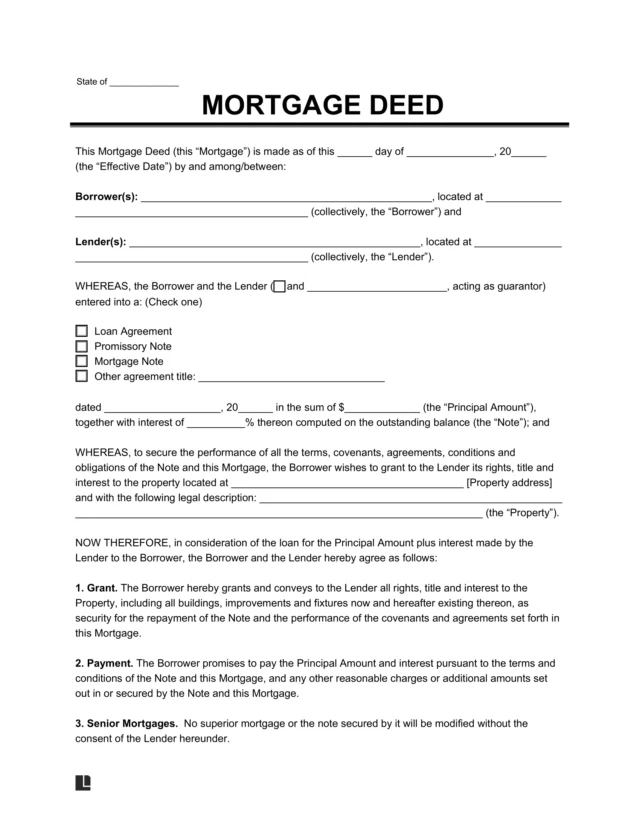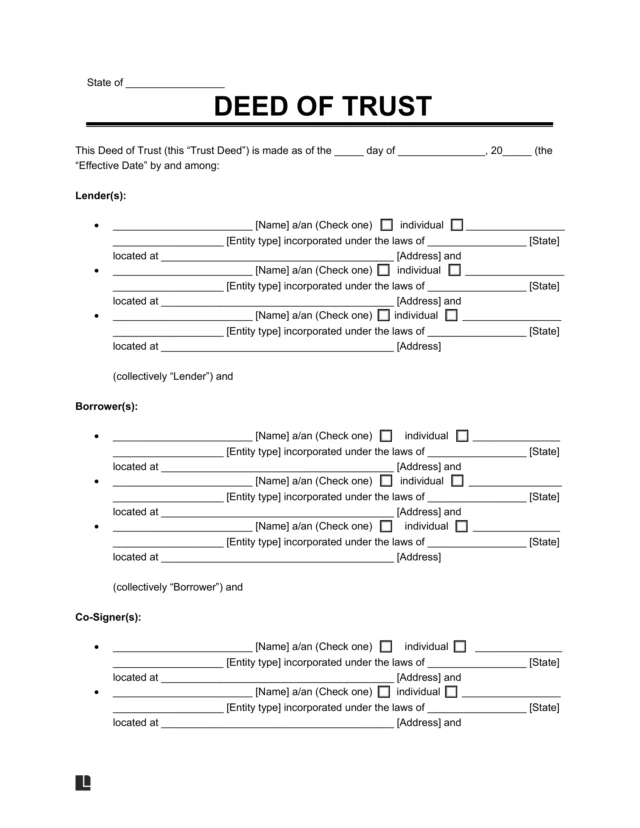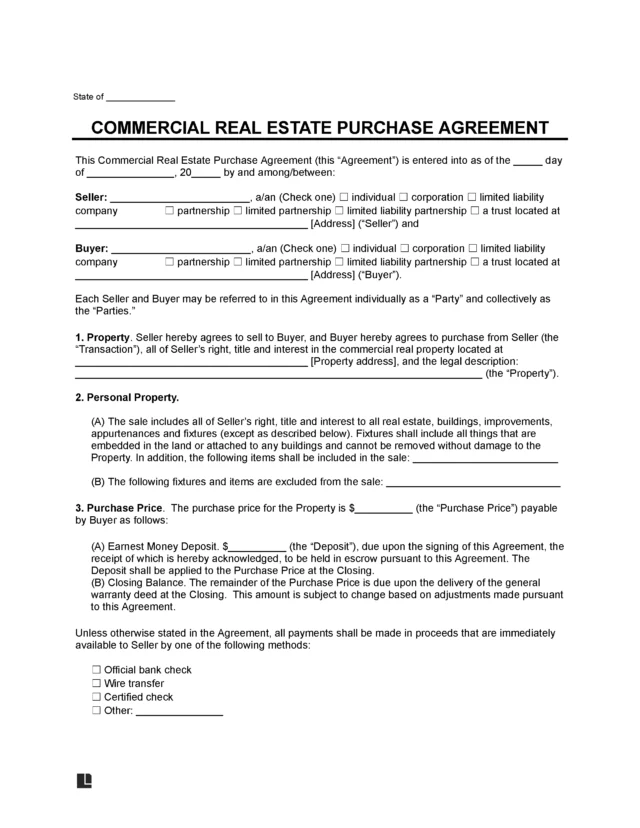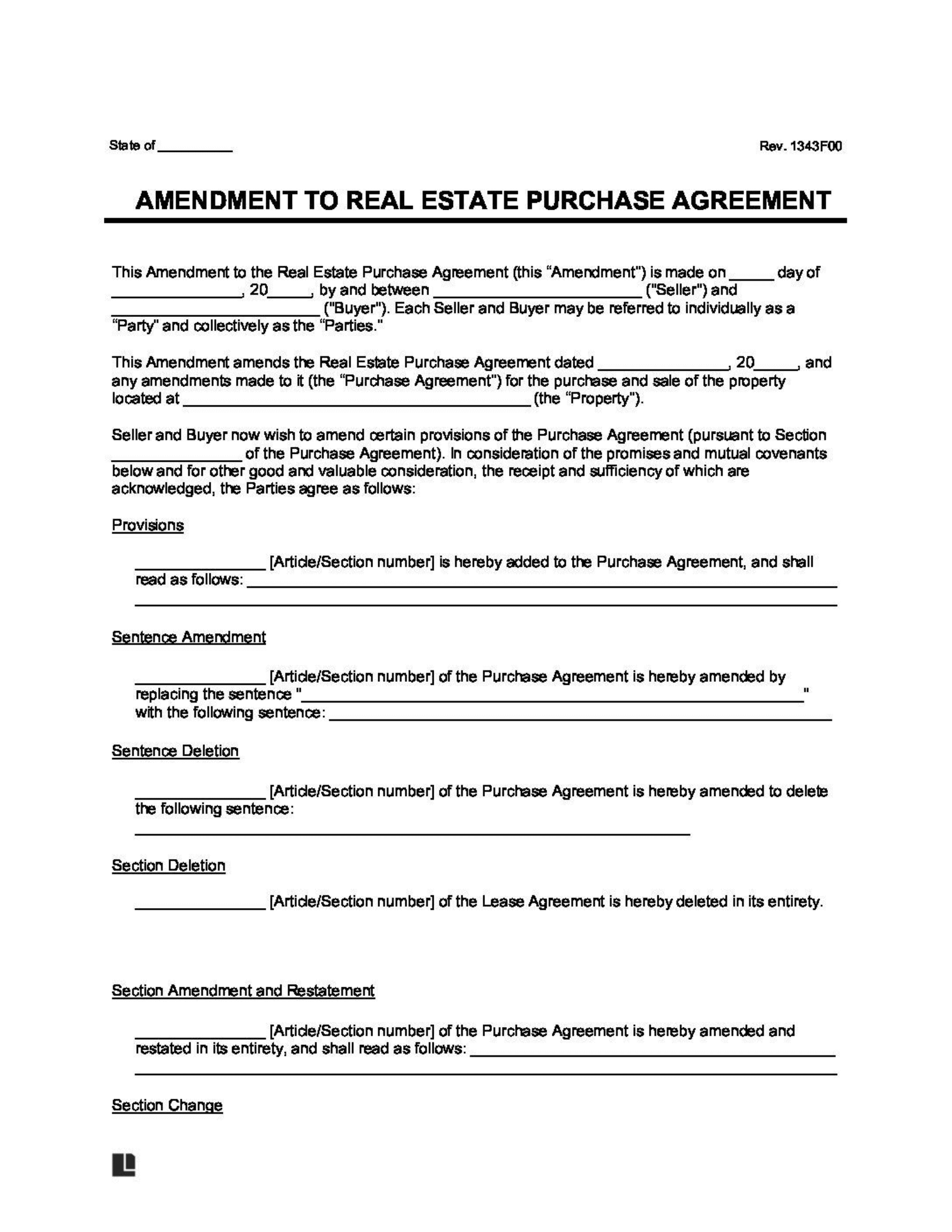What Is a Real Estate Purchase Agreement Amendment?
A real estate purchase agreement amendment is a legally binding document that changes the terms of a previously signed sale agreement. This form requires all parties involved in the original purchase to agree to the new terms and sign to acknowledge the changes. In real estate purchases, an agreement amendment allows for edits when the buyer’s circumstances change or issues arise.
Use Legal Templates’s free real estate purchase agreement amendment to make your purchase terms work for you.
Include a real estate purchase agreement addendum to expand on the terms of an agreement before it’s executed.
When to Use a Real Estate Purchase Agreement Amendment
A real estate purchase agreement amendment works to execute changes to an existing contract. You can use this amendment to record changes to the following real estate purchase terms:
- Contingencies: If title issues or other concerns arise after the agreement, the buyer can use an amendment to add a contingency for the sale.
- Closing dates: An amendment can change the closing date to accommodate changing circumstances.
- Purchase costs: A property appraisal, inspection, or conditions may change the value or price of the property. In this case, an amendment should reflect the new agreed-upon amount for the purchase.
- Loan terms: If any parties change the loan amount, interest rates, or down payment, the new financial terms can be recorded with an amendment.
- Included properties: Changes in the included property or land boundaries require an amendment.
How to Write an Amendment for Real Estate Purchase Agreements
Writing an amendment to a real estate purchase agreement requires clear information and specific references to the original document. Create an effective and binding amendment with the following steps:
- List the seller and buyer: Record the full legal names of both the seller and the buyer. Note any additional buyers or sellers when applicable.
- Record property details: Provide the legal address of the property purchased in the original agreement. If necessary, include an affidavit of title to prove ownership and transfers.
- Identify the original purchase agreement: Clearly state the title and execution date of the agreement being amended. If the amendment targets one specific section, reference the section’s title.
- Note your changes: Select and communicate the exact changes you want to make to the agreement. Specify whether you’re adding new provisions, deleting existing sentences, or restating terms.
- Sign and date: Share the amendment with the parties affected. Ensure that all individuals who signed the original agreement also sign the new amendment. Provide the date of execution and have the amendment notarized to ensure its legality.
If the amendment involves significant changes or complex legal issues, consider having it reviewed by a legal professional for compliance and validity.
Real Estate Purchase Agreement Amendment Sample
Legal Templates offers a free sample real estate purchase agreement amendment, complete with the necessary information and options. View our customizable template, available to download in PDF and Word format.







